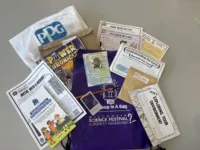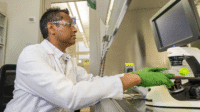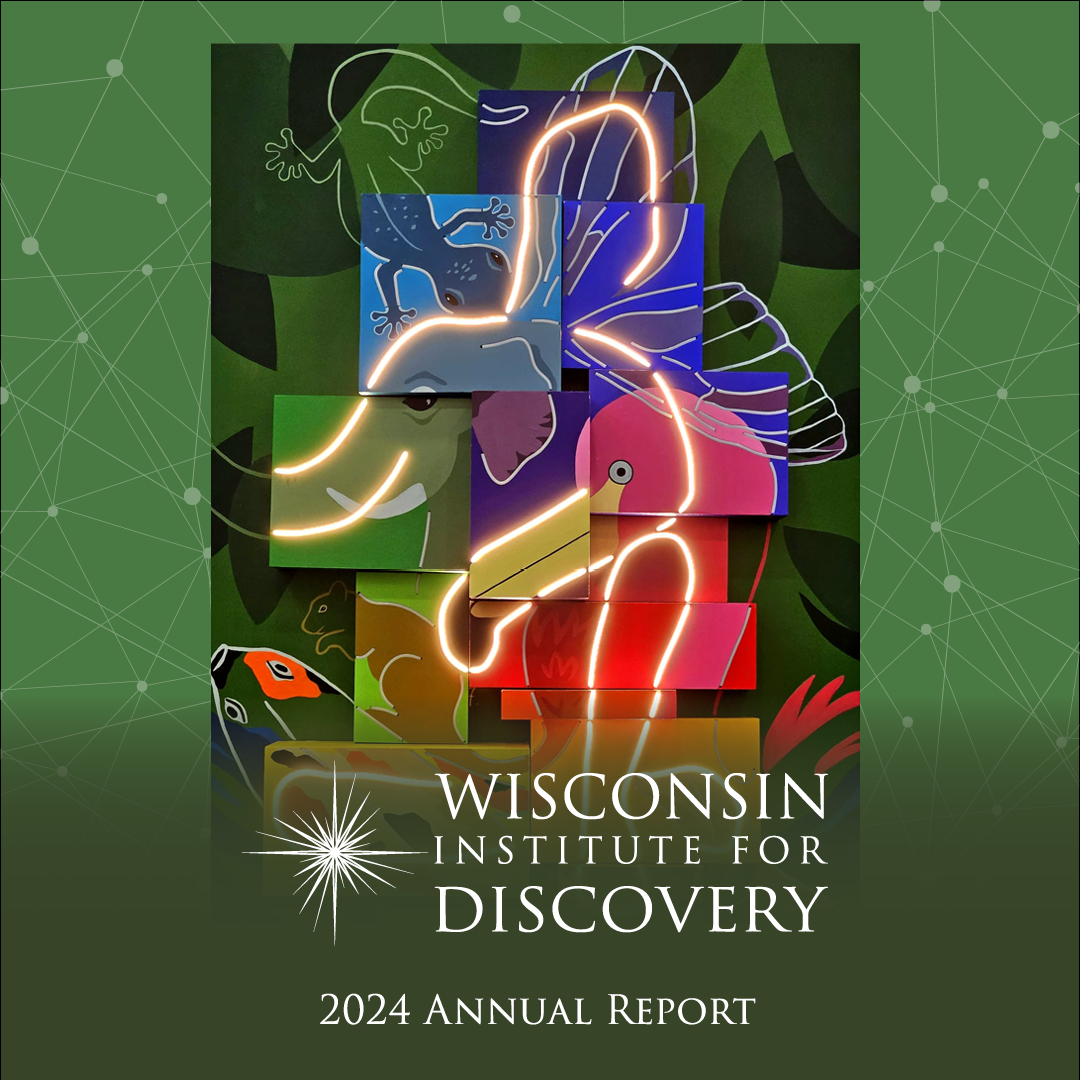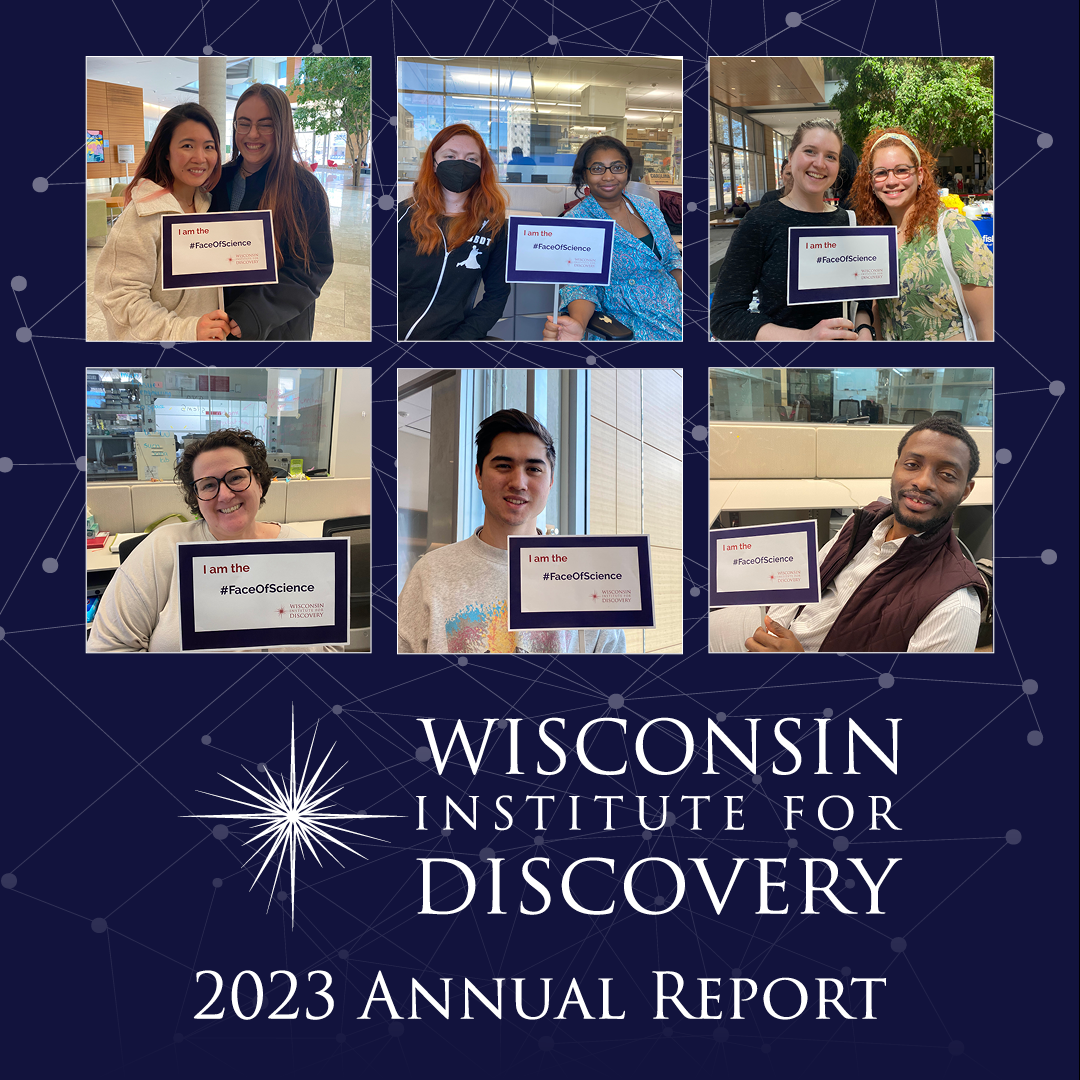Stories
New faculty profile: Marc Chevrette explores bacterial conversations happening within host-associated microbiomes
Marc Chevrette joined the UW–Madison faculty and the Wisconsin Institute for Discovery in August 2025 as an assistant professor in the Department of Plant Pathology. His position is part of RISE-EARTH, the sustainability-themed focus area of the university’s Wisconsin RISE Initiative strategic hiring effort to solve grand challenges.
Research Across the AI Spectrum
Backed by funding from the National Science Foundation, College of Letters & Science faculty, including Discovery Fellow, Bilge Mutlu, are tackling a red-hot research topic.
Wisconsin Science Festival makes curiosity to go with “Science in a Bag”
The Wisconsin Science Festival (WSF), now in its 15th year, returns Oct. 16-26 with more than 600 events across 56 counties—breaking its previous record of 52 counties. What began in 2011 as a three-day, Madison-only gathering has grown into a 10-day, statewide celebration of science, technology, engineering, art and math for people of all ages, backgrounds, and interests. A centerpiece of this festival is Science in a Bag — an initiative that will deliver 3,000 drawstring backpacks, each filled with ten to twelve hands-on experiments and activities designed to spark curiosity, plus access to an online portal for more ways to engage with STEAM.
CRISPR with a ‘dimmer’ could elevate precision gene editing
“This platform has the potential to ‘dim’ genome editing in a wide variety of contexts,” says WID faculty, Krishanu Saha, “not only inside the body, but outside the body, and also has implications for fundamental studies of how genome editing occurs in cells, in tissues, and in animals.”
Announcements
Newsletters
Follow Us
Learn more about the Wisconsin Institute for Discovery through quarterly newsletters and receive our annual report.








